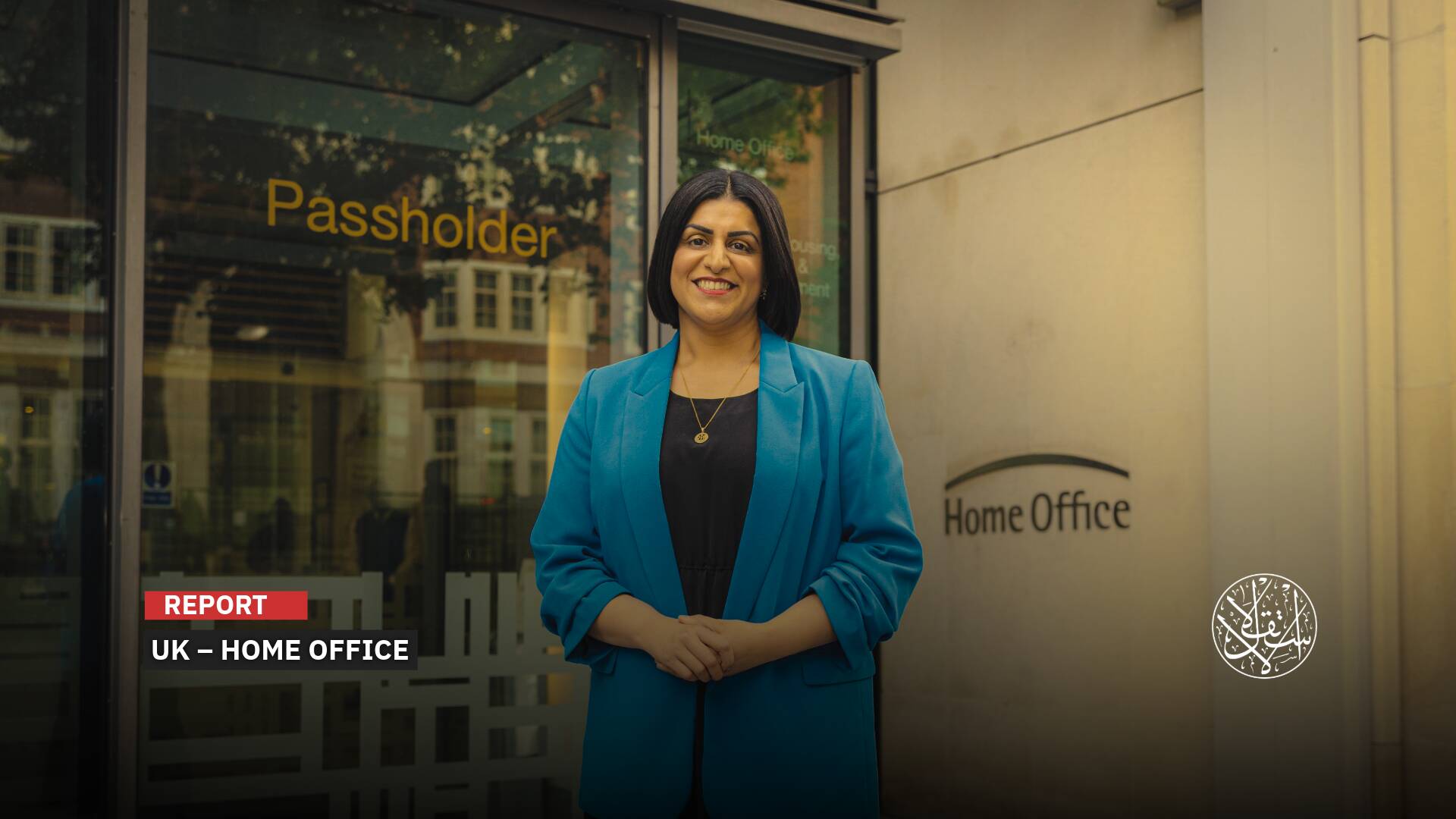Phone Snatching on the Rise: British Citizens Losing Faith in the London Police

The Metropolitan Police reported that 90,864 phones were stolen in 2022, averaging nearly 250 per day.
In the wake of startling police statistics showing a mobile phone theft every six minutes in London last year, there’s a growing chorus for telecommunication companies to take a more active role in curbing these incidents.
The Metropolitan Police reported that 90,864 phones were stolen in 2022, averaging nearly 250 per day.
This surge in thefts has prompted the Mayor of London and the Metropolitan Police Commissioner to call upon the mobile industry to eliminate the incentives for such crimes.
Representatives from Mobile UK, the consortium of UK network providers, have indicated that preventative measures are already in place.
Meanwhile, leading smartphone manufacturers, including Apple and Samsung, have been asked for their input on the matter.
Combating Efforts
In a joint open letter, Mayor Sadiq Khan and Police Chief Sir Mark Rowley have appealed to software designers to create deterrents that would make phone theft less appealing
They’ve called for collaboration between the mobile phone industry, City Hall, and the police force, highlighting that mobile phone-related crimes are a significant factor in the overall increase in robberies and thefts in London.
Indeed, 38% of all personal robberies last year involved the theft of a mobile phone, and nearly 70% of all thefts in the city were phone-related.
The letter draws parallels to past successful initiatives where car manufacturers partnered with law enforcement to significantly reduce thefts of car radios and satellite navigation systems by integrating them directly into vehicle dashboards.
Sir Mark Rowley, addressing the issue, pointed out that the industry’s current practice of allowing stolen mobiles to be re-registered by new users inadvertently fuels a criminal market.
This market, in turn, drives robbery, theft, and violent crime in the city. He emphasized the need for a collaborative effort to address the root causes of violence that the police cannot tackle alone.
However, tech expert Jake Moore has expressed skepticism regarding the feasibility of the proposed measures, considering the sheer number of mobile phones in circulation.
He warned of the potential complications, including wrongful accusations of possession of stolen property and the difficulties in proving legitimate ownership, especially for phones purchased second-hand.
Data indicates that young people are disproportionately affected by these crimes, both as victims and offenders, with those aged 14-20 being particularly vulnerable.
The Mayor has expressed concern that the escalating cost of living could worsen the factors driving violence and robberies, which disproportionately affect the youth. He remarked on the ease and profitability for criminals to repurpose and resell stolen phones.
Mobile UK has welcomed the opportunity to collaborate with the Metropolitan Police, the Mayor’s office, device manufacturers, and the broader industry to further reduce the incidence of these crimes.

Declining Trust
In the wake of former Metropolitan Police officer David Carrick’s sentencing for a prolonged period of sex crimes, the trust in London’s police force has been significantly undermined.
The sentencing comes not long after the case of Sarah Everard, who was murdered by another Met officer, Wayne Couzens, in 2021.
These events have cast a long shadow over the Metropolitan Police, contributing to a palpable erosion of public confidence as evidenced by a recent YouGov Political Research poll.
The survey reveals that a slight majority of Londoners, 51%, express little to no trust in the Metropolitan Police, while 42% maintain some level of trust, including just 6% who express a high degree of trust.
The skepticism is more pronounced among ethnic minority residents, with 55% indicating a lack of trust compared to 35% who feel otherwise.
Despite high-profile cases involving sexual violence against women by Met officers, the poll shows that men and women share similar levels of trust in the police force as an institution
However, when it comes to individual officers, a gender gap emerges: 50% of men tend to trust police officers against 39% who do not, while women are almost evenly split, with 44% expressing distrust and 41% inclined to trust.
Ethnic minority Londoners exhibit even greater distrust in individual officers, with half of the respondents lacking trust compared to 37% who do. Age also plays a role in shaping perceptions of the police, with older Londoners generally more trusting than their younger counterparts.
Among those aged 65 and above, and those between 50-64, over half report a fair amount of trust in individual officers, a sentiment shared by only 36% of the 18-24 age group.

Prevalent Regions
In Greenwich, a southeastern borough, the incidence of phone snatching has surged dramatically, marking the most significant year-over-year change in the region.
Reports of such thefts more than doubled from 202 between 2021 and 2022 to 451 in the subsequent year, an increase of 123.3%.
Southwark follows as the second most likely area for phone snatching incidents, with reported offenses climbing from 1,889 to 3,426, an 81.4% rise.
Westminster, despite recording the highest number of offenses at 14,602, saw a lower relative increase of 71.10% compared to the previous year’s 8,536 incidents.
Camden and Lambeth also experienced significant increases in phone thefts, with Camden reporting 4,206 cases, up 41.8% from 2,966, and Lambeth seeing a 40.9% jump from 1,356 to 1,911 reported thefts.
Conversely, Sutton, Richmond upon Thames, Kingston upon Thames, Hillingdon, and Bromley have seen declines in phone snatching.
Sutton’s cases fell by 21.9%, Richmond upon Thames saw a 25% drop, Kingston upon Thames had a 33.7% decrease, Hillingdon reported 41.7% fewer cases, and Bromley achieved the most significant reduction with 44.5% fewer thefts.
Despite these improvements, Bromley’s mobile phone robbery statistics paint a different picture, ranking it as the third worst with a 78.90% increase in robberies, from 76 to 136 on a year-over-year basis.












